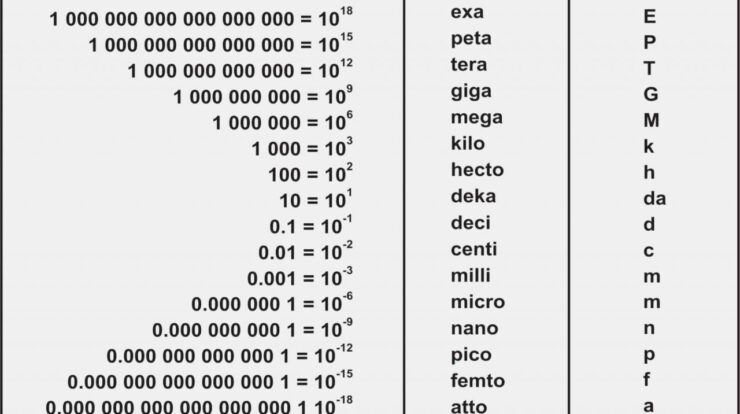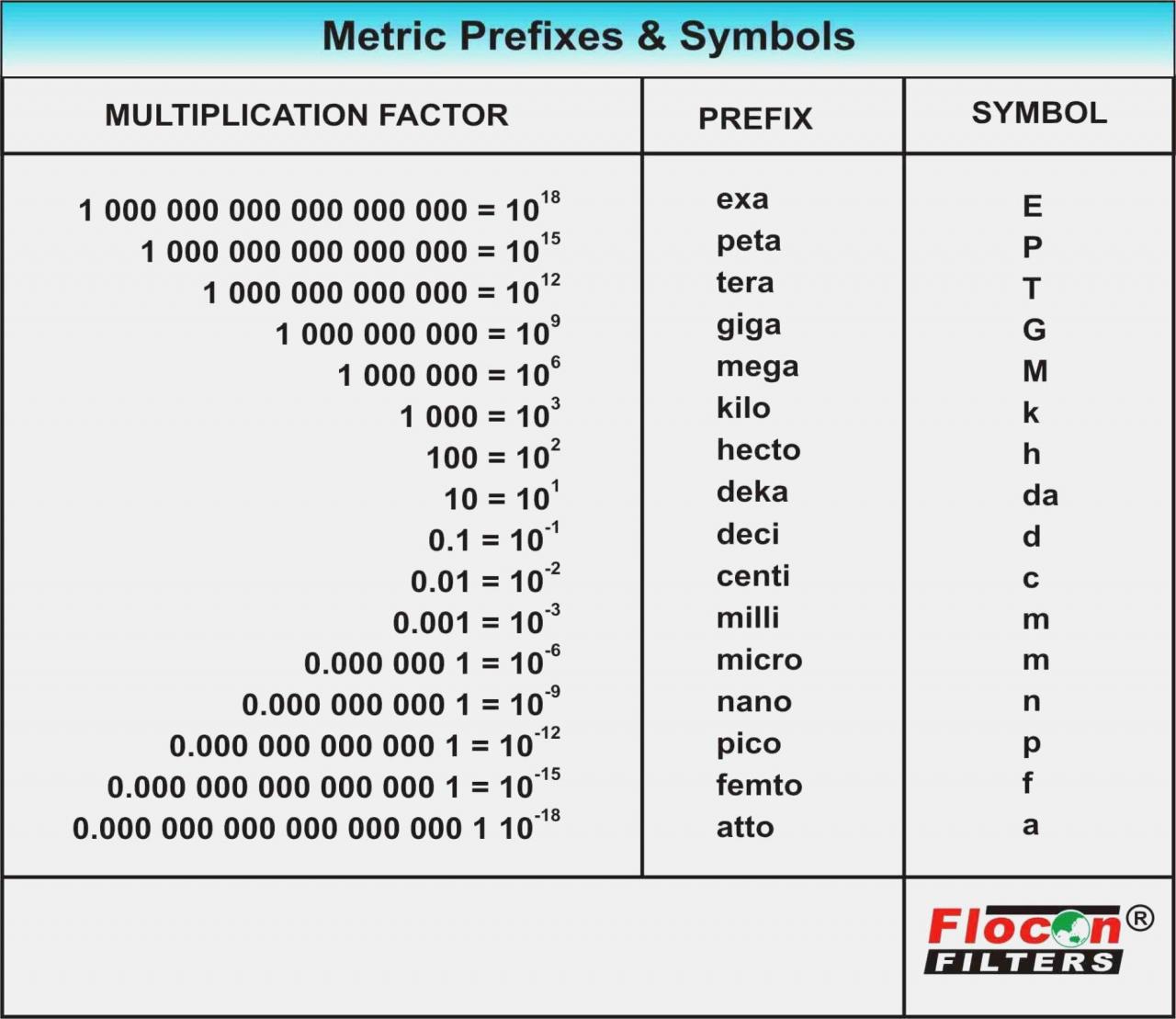
Pico measurement, the precise quantification of extremely small values, has revolutionized various industries by enabling the measurement of phenomena at the picosecond and picometer scales. From electronics to healthcare, pico measurement techniques empower scientists and engineers to push the boundaries of innovation.
This comprehensive guide delves into the intricacies of pico measurement, exploring its significance, techniques, applications, challenges, and future directions. Discover how pico measurement contributes to advancements in technology and research, and gain insights into its potential to shape the future.
Understanding Pico Measurement
Pico measurement involves the precise quantification of extremely small quantities, typically in the picosecond (10^-12 seconds) or picometer (10^-12 meters) range. This ultra-precise measurement technique finds applications in diverse fields, including electronics, telecommunications, optics, and biotechnology.
Pico measurement enables researchers and engineers to analyze high-speed phenomena, characterize materials at the nanoscale, and develop advanced technologies. It plays a crucial role in the development of ultra-fast electronics, high-resolution imaging systems, and ultra-sensitive sensors.
Advantages of Pico Measurement
- High accuracy and precision
- Enables the study of ultra-fast processes
- Provides insights into the behavior of materials at the nanoscale
- Contributes to the development of advanced technologies
Limitations of Pico Measurement
- Complex and expensive equipment
- Susceptible to noise and interference
- Requires specialized expertise to interpret data
Techniques for Pico Measurement
Various techniques are employed for pico measurement, each with its own advantages and limitations.
Electrical Pico Measurement
- Uses high-speed oscilloscopes and probes
- Accurate and precise for measuring voltage and current
- Limited bandwidth and sensitivity
Optical Pico Measurement
- Utilizes lasers and photodetectors
- High bandwidth and sensitivity
- Can measure both electrical and optical signals
Mechanical Pico Measurement
- Employs specialized sensors and actuators
- Measures displacement, vibration, and force
- Limited bandwidth and sensitivity compared to electrical and optical methods
Applications of Pico Measurement
Pico measurement finds applications in a wide range of industries and scientific disciplines.
Electronics
- Testing and characterizing high-speed circuits
- Developing ultra-fast electronic devices
- Analyzing signal integrity and jitter
Healthcare
- Measuring electrical activity in the brain and heart
- Developing new medical imaging techniques
- Analyzing the properties of biological materials
Manufacturing
- Quality control and inspection
- Precision machining and assembly
- Monitoring and optimizing production processes
Challenges and Future Directions
Pico measurement faces several challenges and limitations.
Challenges
- Noise and interference
- Data interpretation and analysis
- Cost and complexity of equipment
Future Directions
Research and development efforts are focused on addressing these challenges and advancing pico measurement technologies.
- Developing new measurement techniques with higher bandwidth and sensitivity
- Improving data analysis and interpretation algorithms
- Reducing the cost and complexity of pico measurement equipment
Concluding Remarks

As technology continues to advance, pico measurement will undoubtedly play an increasingly vital role in driving scientific breakthroughs and technological innovations. Its ability to quantify minute details with unparalleled accuracy and precision makes it an indispensable tool for researchers and engineers seeking to unlock the mysteries of the universe and create transformative technologies.
Clarifying Questions
What are the key advantages of pico measurement?
Pico measurement offers exceptional accuracy, precision, and sensitivity, enabling the quantification of extremely small values that were previously undetectable.
How is pico measurement used in electronics?
Pico measurement is crucial in electronics for characterizing high-speed signals, testing semiconductor devices, and analyzing circuit behavior at ultra-fast timescales.
What are the limitations of pico measurement?
Pico measurement techniques can be susceptible to noise, interference, and data interpretation challenges, which require careful experimental design and data analysis.





